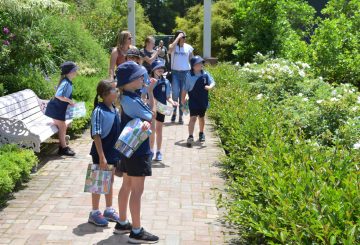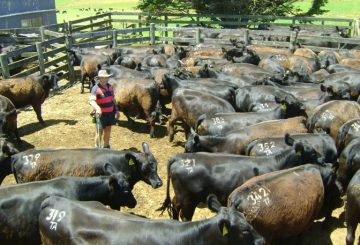今日は、ニュージーランドで初めてのMMP(小選挙区比例代表併用制)選挙が実施されてから25周年を迎えます。これは、1世紀以上前に女性に投票権が与えられて以来、ニュージーランドの選挙制度に大きな変化をもたらしました。
1996年に『フットロット・フラッツ』(長年新聞に掲載されてきた国民的漫画)のウォルが、ニュージーランド人々が初めて行うであろう「投票用紙に2つのチェックを入れる」ことを実践したことです。
この漫画の作者であるマリー・ボール(Murray Ball)氏は、MMP(Mixed-member proportional)という新しい制度を説明するために選挙管理委員会に呼ばれていました。
この変更は、長年にわたって選挙公約が破られてきたことや、第一次選挙制度が小政党を締め出しているという有権者の不満の高まりを受けて行われました。
例えば、1981年に社会信用党(Social Credit party)は20%以上の票を獲得しましたが、議席は2つしかありませんでした。
この新しい制度により、1996年には、すべての票を投じても明確な勝者はいませんでした。
キングメーカーが必要だったのです。
元労働党議員で、政治史家のマイケル・バセット(Michael Bassett)氏は次のように振り返っています。
「その結果、ウィンストン(ピータース)氏は9週間にわたって国民の関心を引き続け、各地を転々としたり、釣りに出かけたり、メディアに笑顔を振りまいたり、容赦なくからかったりして、最終的には国民党との連立を発表したのです。」
MMPの物語は、その最も精通した提唱者であるウインストン・ピータースと絡み合っています。
彼は、党派を超えた協力が必要であり、それが国を強くするのだと語りました。
ピータース氏は、メディアや主要政党はMMPを全く理解していないと言います。
「例を挙げると、2017年の選挙の引き継ぎでは、国民党と労働党の両方と交渉を始めているのに、3日も経たないうちに、国に賠償金を要求していると非難されてしまいました。しかも、最終的な投票結果はまだ報告されていません。」
「さて、ドイツでは2017年に選挙が行われましたが……政権樹立までに約5ヶ月を要しました。」
「我々は、最終投票が行われたとき、、11日かかりました。」
ピータース氏は、MMPによって過半数の票を獲得した政党だけが政府を樹立できるようになると主張しています。
MMPに対する批判は、常に「尻尾が犬を追いかけるようなものだ」というものでした。
しかし、バセット氏によると、ピータース氏はMMPが導入される前から政治的な力を持っていたそうです。
また、MMP推進派としてMMPの実現に尽力した緑の党のジャネット・フィッツシモンズ(Jeanette Fitzsimons)氏やロッド・ドナルド(Rod Donald)氏などの強力な政治家にも、MMPは道を開いてくれたと言います。
連合党の議員であるリズ・ゴードン(Liz Gordon)氏は、1996年に同党の最後尾で議会に出席しました。
彼女とジム・アンダートン氏は、経済的に右傾化している労働党を脱退し、連合党の結成に貢献しました。
彼女によると、主要政党はMMPを好まなかったと言います。
「非常に難しい時期でした。二大政党は自分たちの権威を手放したくなかったのです。」
「そして実際に、これは永続的な教訓のひとつであり、マイナーな政党はパートナーとしてではなく、むしろ厄介者として見られているのだと思います。」
ゴードン氏は、有給育児休暇やキーウィ銀行、ピーターのゴールドカードなど、MMPのおかげでさまざまな政策が導入されたと語りました。
また、積極的な規制緩和から脱却し、代表性と有権者の選択を向上させることができたと述べています。
そして、議会はより多様化しました。2020年の選挙では、選出された国会議員の50%弱、つまり58人が女性でした。120人の議員のうち、25人がマオリ族、11人が太平洋系、8人がアジア系です。
2011年の国民投票では、MMPは過半数の支持を得ており、最近始まった選挙法の抜本的な見直しでも、大規模な変更は検討されていないため、MMPは今後も存続すると思われます。
情報元:RNZ News






























































